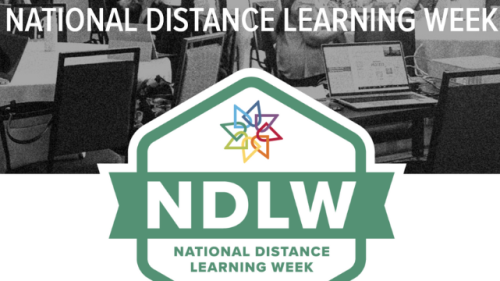User experience design (UXD) is a strategic design approach that attempts to guide product or platform users through a meaningful and easy-to-navigate experience. While designers can use many methods to help their users navigate a given platform, how users will actually choose to interact remains outside UX designers’ control. Therefore, much of UXD inherently deals with the prediction of human behavior; this can be thought of as the psychology of UX design.
Understanding the basic principles behind human reasoning and the motivations for people’s actions can be useful for designers who’ve been tasked with helping people move through a digital platform. The better UX designers can predict user behavior, the better experiences they can provide them. With this in mind, it’s valuable for those interested in UXD to strengthen their design approach through some basic knowledge of behavioral psychology.
Maslow’s Hierarchy of Needs
If you’re a UX designer and were unfamiliar with Abraham Maslow’s hierarchy of needs, not to worry. The title of this concept largely explains its general idea: Human needs can be ranked in order of their necessity for survival. Usually represented as a pyramid, the needs ascend from essential to less- or non-essential while simultaneously increasing in intellectual and cognitive demand.1
The hierarchy, developed by psychologist Maslow in 1943, has become a staple in understanding the reasoning behind human action, directly connecting it to need.
Exploring Maslow’s Hierarchy of Needs
- Physiological Needs: The basic biological needs of humans to survive, such as food, air and water.
- Safety Needs: The fundamental needs of humans to feel safe, secure, stable and protected from natural elements and other potential threats.
- Love & Belonging: The needs of humans to receive and give affection and be part of a community.
- Esteem: Feelings of respect and achievement that are classified into two categories: the desire to respect yourself and the desire to have respect from others within the community.
- Self-Actualization: The highest level of the hierarchy, which includes personal growth and self-fulfillment. These are only obtainable once the lower tiers have been satisfied.1
The first four tiers of the pyramid are considered deficiency needs and refer to physical or psychological needs that an individual requires to survive and thrive. If these needs are left unmet for long enough, the person will be negatively affected.1
The top tier, self-actualization, contains what are defined as growth needs. These needs are not required for physical survival, but rather are pursued by individuals in their attempts to grow into the best versions of themselves.1
Applying Maslow’s Hierarchy to UXD
When applying this hierarchy to UXD, it’s easy to assume that only growth needs, not deficiency needs, would apply. However, even though UX design doesn’t inherently satisfy deficiency needs, the ubiquity of digital interfaces in our technological world means that UX design is increasingly necessary to help people meet these basic needs.
For example, apps for food delivery help busy working professionals meet one of their most simple and fundamental physiological needs. Dating apps, too, are an inescapable part of navigating the satisfaction of the human need for love and belonging in the modern world. And social networks across digital interfaces play a crucial role in the management of individuals’ esteem in contemporary social groups.
In each of these instances, the simple fact that users turn to apps and other digital platforms to fulfill various psychological and physiological needs demonstrates the necessity of strong UXD in providing the space and time people need to pursue self-actualization.
Apps with optimized UXD can help members of our fast-paced and complex modern society minimize the amount of time and energy they dedicate to satisfying deficiency needs, which frees them to focus on reaching the top of Maslow’s pyramid. In this way, UX designers play a vital role in allowing people to not only meet their survival needs, but transcend into self-actualization as well.
The more UX designers learn about human behavior, the better they can create experiences that will elicit positive responses. Understanding Maslow’s Hierarchy of Needs is just one example of how UX designers can take a creative approach to improving their work. If you’re interested in learning more, discover Kent State University’s online Master of Science in User Experience Design.
Sources:
1. Retrieved on April 13, 2018, from simplypsychology.org/maslow.html






